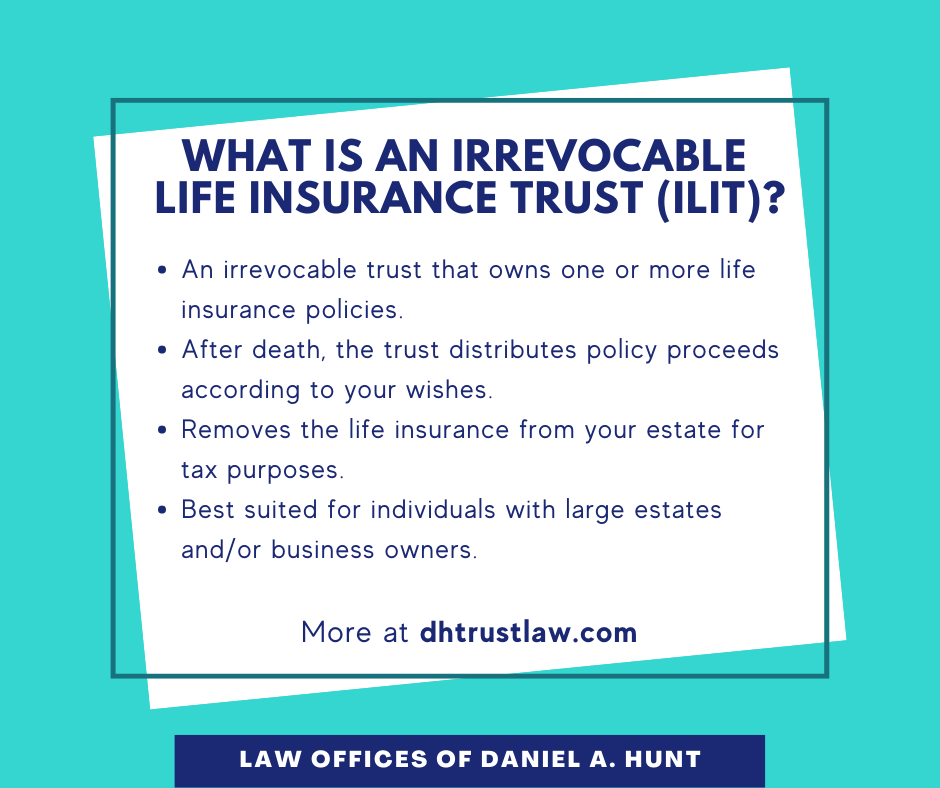4 Easy Facts About Pacific Prime Described
4 Easy Facts About Pacific Prime Described
Blog Article
Little Known Questions About Pacific Prime.
Table of ContentsExcitement About Pacific PrimeWhat Does Pacific Prime Do?The Main Principles Of Pacific Prime Pacific Prime for DummiesOur Pacific Prime Diaries

This is because the data were accumulated for a duration of strong financial efficiency. Of the approximated 42 million individuals who were uninsured, just about concerning 420,000 (about 1 percent) were under 65 years old, the age at which most Americans become qualified for Medicare; 32 million were adults in between ages 18 and 65, around 19 percent of all grownups in this age team; and 10 million were youngsters under 18 years of age, about 13.9 percent of all children (Mills, 2000).
These estimates of the number of individuals without insurance are created from the annual March Supplement to the Present Population Study (CPS), performed by the Demographics Bureau. Unless or else noted, national price quotes of individuals without wellness insurance and percentages of the population with various kinds of insurance coverage are based on the CPS, one of the most widely used resource of estimates of insurance policy protection and uninsurance prices.
6 Simple Techniques For Pacific Prime

Still, the CPS is especially beneficial because it produces annual price quotes relatively quickly, reporting the previous year's insurance protection estimates each September, and since it is the basis for a regular set of estimates for greater than 20 years, enabling evaluation of trends in insurance coverage in time. For these factors, along with the considerable use the CPS in various other research studies of insurance policy protection that are offered in this report, we count on CPS estimates, with restrictions kept in mind.

The estimate of the number of uninsured individuals expands when a population's insurance status is tracked for numerous years. Over a three-year period starting early in 1993, 72 million individuals, 29 percent of the united state populace, lacked protection for a minimum of one month. Within a single year (1994 ), 53 million people experienced at the very least a month without protection (Bennefield, 1998a)
6 out of every ten uninsured adults are themselves utilized. Working does boost the chance that one and one's family participants will certainly have insurance coverage, it is not a warranty. Also members of households with two permanent wage income earners have nearly a one-in-ten chance of being uninsured (9.1 percent uninsured rate) (Hoffman and Pohl, 2000).
Our Pacific Prime Diaries
New immigrants represent a considerable proportion of people without wellness insurance. One evaluation has attributed a substantial part of the current development in the dimension of the united state without insurance population to immigrants that arrived in the nation between 1994 and 1998 (Camarota and Edwards, 2000). Recent immigrants (those who pertained to the USA within the past 4 years) do have a high rate of being without insurance (46 percent), however they and their children represent just 6 percent of those without insurance policy Click Here nationally (Holahan et al., 2001).
The connection in between medical insurance and accessibility to care is well developed, as recorded later in this chapter. Although the partnership between medical insurance and health results is neither direct neither straightforward, a comprehensive clinical and wellness solutions research literary works web links health insurance policy coverage to enhanced accessibility to care, much better high quality, and enhanced individual and population health status.
Levels of analysis for checking out the effects of uninsurance. This discussion of medical insurance coverage concentrates primarily on the U.S. populace under age 65 because virtually all Americans 65 and older have Medicare or other public protection. Moreover, it concentrates particularly on those with no medical insurance for any type of length of time.
Things about Pacific Prime
The issues encountered by the underinsured are in some respects comparable to those encountered by the without insurance, although they are generally much less serious. Wellness insurance, however, is neither necessary neither enough to gain access to clinical solutions. The independent and direct impact of wellness insurance protection on accessibility to health services is well established.
Others will obtain the wellness treatment they need even without medical insurance, by spending for it out of pocket or seeking it from companies who provide care free or at highly subsidized rates. For still others, wellness insurance alone does not guarantee invoice of treatment due to various other nonfinancial barriers, such as an absence of wellness care carriers in their neighborhood, limited access to transport, illiteracy, or linguistic and cultural differences.
Pacific Prime for Dummies
Official research regarding uninsured populations in the United States dates to the late 1920s and early 1930s when the Board on the Price of Healthcare created a series of records concerning funding doctor workplace visits and hospital stays. This problem ended up being prominent as the varieties of clinically indigent climbed during the Great Depression.
Report this page